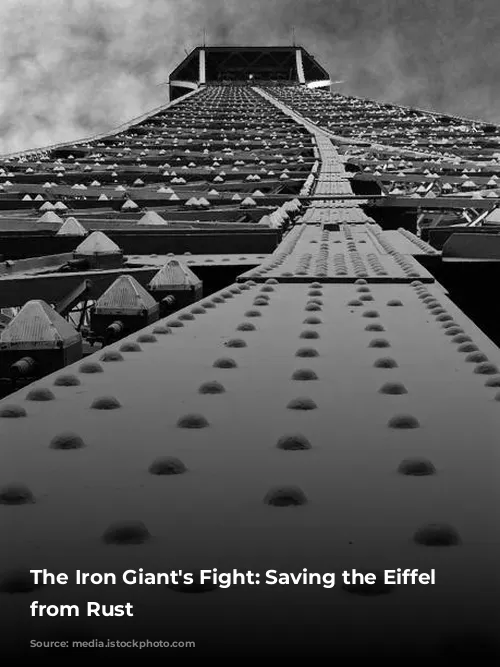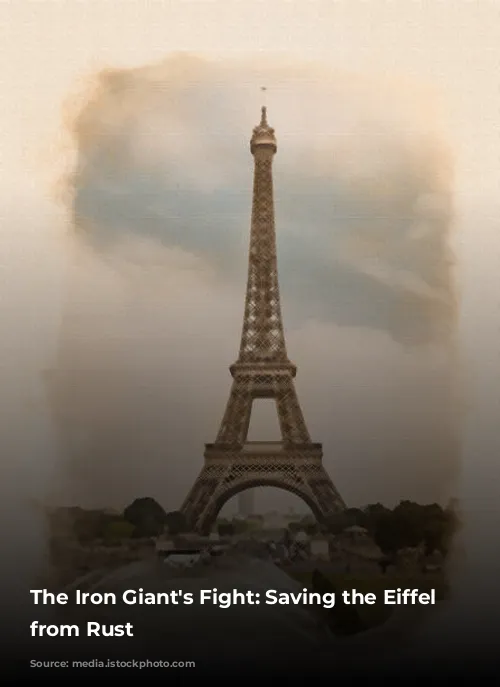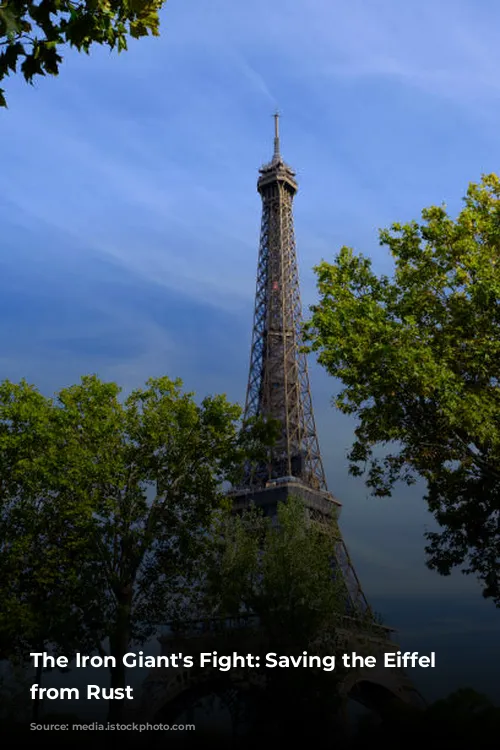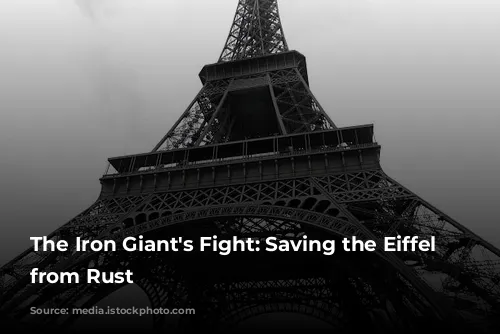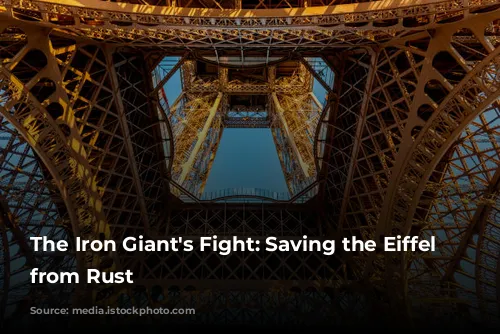The Eiffel Tower, a symbol of Paris and a marvel of 19th-century engineering, is facing a formidable foe: rust. This iconic structure, which has survived wars and even the threat of demolition, is now battling the relentless forces of nature.
The tower’s current battle is costing a whopping $64 million to address. But is this a mere cosmetic fix, or will it truly safeguard the Eiffel Tower for future generations?

A Temporary Monument That Time Forgot
The Eiffel Tower was initially intended as a temporary structure for the 1889 World’s Fair. The plan was to dismantle it after just 20 years. But, as fate would have it, the tower captured the hearts of Parisians and became a cherished landmark.
Now, 135 years later, the tower stands tall as one of the world’s most recognizable and beloved structures. But age has taken its toll.
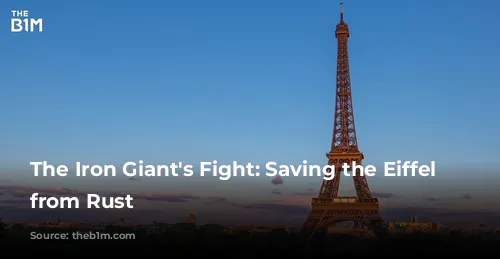
A $64 Million Paint Job – A Cosmetic Fix or a Real Solution?
Ideally, the tower should be repainted every seven years. However, the last restoration was delayed due to the pandemic. The current repainting project, costing a staggering $64 million, aims to make the tower presentable for the 2024 Paris Olympics.
However, some experts argue that this is merely a cosmetic touch-up that fails to address the tower’s advanced state of rust. A confidential report leaked to French magazine Marianne even suggested that Gustave Eiffel himself, the tower’s engineer, would be horrified to see its current condition.
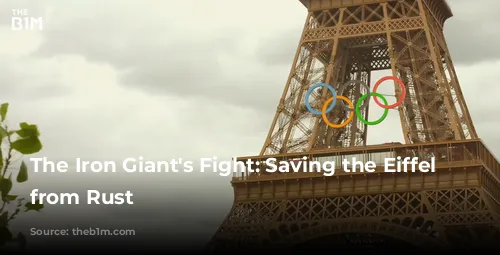
The Engineering Genius of Gustave Eiffel
Gustave Eiffel, a visionary engineer, was a master of his craft. He was responsible for iconic structures like the Porto Viaduct over the River Douro and the Statue of Liberty.
For the Eiffel Tower, he tackled a monumental challenge – building an incredibly tall structure without it collapsing under its own weight. He achieved this by using iron, a lightweight but incredibly strong material.
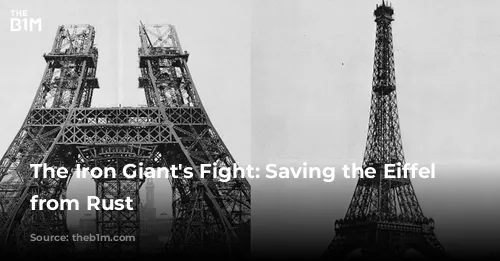
Defying Gravity and the Wind
The tower’s unique shape is not merely aesthetic. It’s a masterpiece of engineering designed to withstand the immense forces of wind. The lattice structure, reminiscent of a great tree, evenly distributes the load across its framework. The tower’s curves, a result of Eiffel’s meticulous calculations, cleverly trick the wind into traveling downwards, ensuring stability.
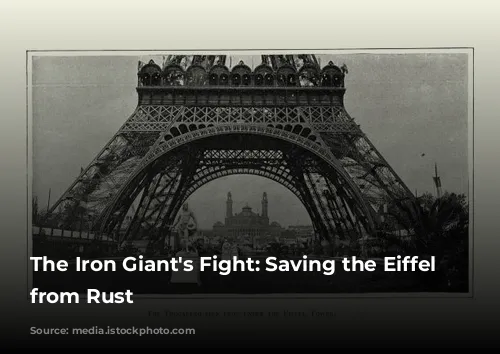
A Triumph Over Criticism
When the tower was first built, it was met with fierce criticism from Parisians. Many saw it as an eyesore, a “truly tragic street lamp” or a “half-built factory pipe.” But despite the negativity, Eiffel stood firm, believing in the beauty and functionality of his creation.
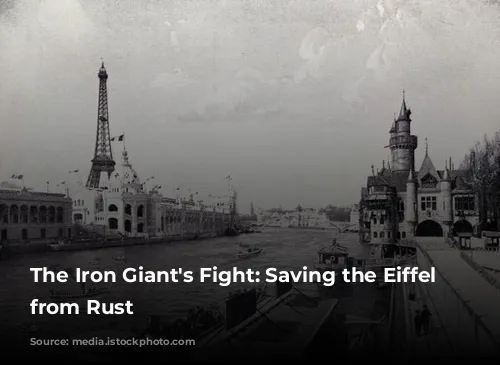
Saving the Iron Giant
In 1903, the Eiffel Tower faced the threat of demolition. To secure its future, Eiffel cleverly highlighted its scientific potential, showcasing its use in meteorological observations and wireless telegraphy. The tower’s military value during wartime further secured its legacy.
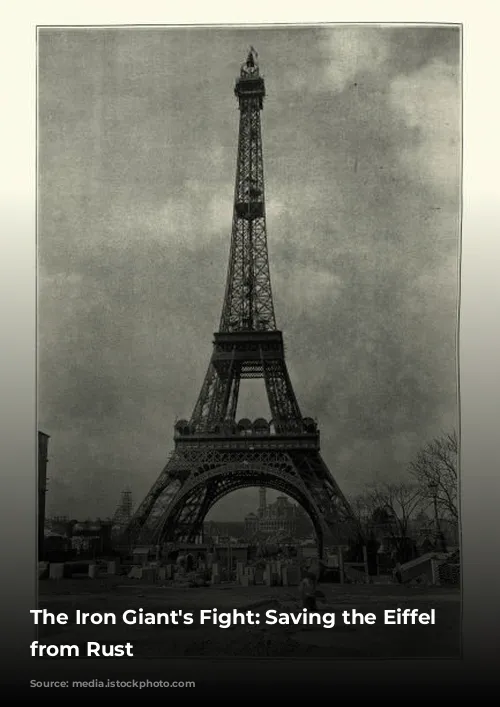
A Race Against Time
Recent reports have painted a worrying picture of the tower’s condition. Cracks, rust, and poor paint adherence are major concerns. While a third of the tower was initially slated for extensive treatment, only 5% has been addressed due to pandemic-related delays and concerns about lead contamination.
Experts warn that the current $64 million repaint might worsen the existing defects, accelerating corrosion. The operating company, while understandably hesitant to close the tower for extended periods, is facing a crucial decision.
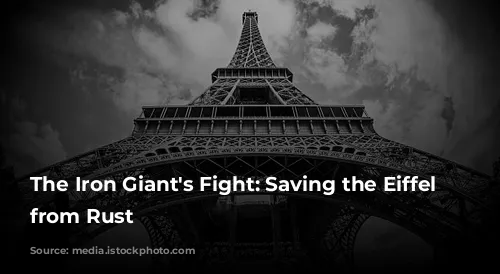
A Timeless Legacy
The Eiffel Tower is more than just a structure; it is a symbol of innovation, resilience, and the enduring power of human ingenuity. It stands as a testament to Gustave Eiffel’s vision, reminding us that even the most controversial creations can become beloved landmarks.
The battle against rust is a reminder that even the most enduring structures need constant care and attention. It’s a fight to preserve the Eiffel Tower for future generations, to ensure that its iconic silhouette continues to grace the Parisian skyline.
This article is for informational purposes only and should not be considered professional advice.
